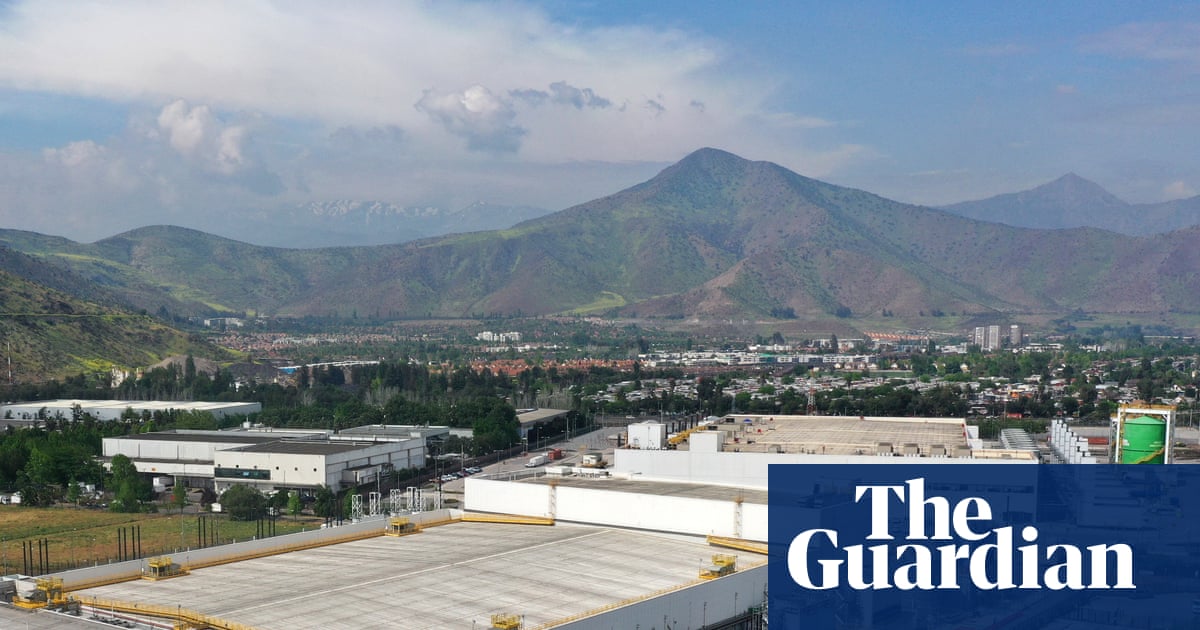I went to hospital to get something fitted in my mouth. I’ll spare you the details. But the insertion of this device wasn’t the stressful bit. Getting to the clinic, which was on the 26th floor, proved a far trickier procedure.
The place was busy. I picked my way across the crowded lobby to find a queue for the lift, perhaps 10 metres long. Grumpily, I joined what I took to be the back of it. Who doesn’t resent queueing for a lift? I got a tap on my arm. This was a woman, calm but hostile, accusing me of pushing in. I protested my innocence, at which point she dropped the calm bit and fired up a bollocking of such ferocity that I just ran up the white flag and shuffled miserably to the back of the queue. By now it had doubled in length. Progress was slow.
Our self-appointed head of enforcement was soon laying into another suspected queue jumper who, like me, thought better of taking her on. Pale and shaken, he sloped past me on his own walk of shame to the end of the line, which by now snaked around a corner out of sight. From there could be heard the sounds of similar arguments, even scuffles, breaking out. In the midst of all this, a very old woman marched slowly but determinedly past the lot of us. Scowling horribly, wielding her walking stick as if it might be re-purposed as a weapon, nobody dared stop her. Not a peep from anybody, even Ms Hostile. The tension was awful.
An old friend of mine is a consultant at this hospital. “What a scrum this is!” I texted him. “Welcome to my world,” he replied.
That day there was just the one lift out of order. I was told it’s often more. What is it about lifts? When they’re out of order, they seem to stay that way for ages. It’s like they’re punishing us for taking them for granted the rest of the time. At the BBC’s New Broadcasting House there are two lots of four lifts. At least one of them always seems to be on extended leave of absence. How about a hurrying up? What’s the hold-up? How rare can the spare parts be? You can get cars, boilers, bones, relationships fixed more quickly.
I called a lift engineer I know, who said it’s all about the drive units. When they conk out, you’re waiting months for a new one, whoever you are – and that’s just the way it is. Too many people using too few lifts wears them out, he said. “The problem,” he explained gravely, “is that a lot of buildings are underlifted.” Not a word I’d heard before but this hospital was underlifted, make no mistake. After the 15-minute wait, I was grateful to finally edge my way on board.
A lot goes on in lifts. Americans call them elevators, a neat if unintentional nod to how our senses are elevated once the lift doors close. We become more sensitive to movement, smell, manners and more besides as, for a few moments, our world is reduced to a metal can and a random handful of fellow travellers.
There are two kinds of passenger: the regular user and the visitor. Each lift will have its experts, and its novices. The button-pressing of a regular will have a brisk – even brusque – certainty about it. If the lift is busy, the regulars, thinking ahead, will find a place to stand appropriate to the floor where they plan to alight. Novices, having given themselves away on entry, with their eyes darting about looking for the buttons, will do no such forward planning. Many a novice, their animal instinct primed for escape, will stand close to the doors. Here, they risk being caught in the stampede as those doors open at a popular floor. This disgorging can get ugly. Fancy footwork is required to dodge and weave out of the way. Often you must alight and let the seething mass pass.
In the hospital lift you could spot the regulars - mainly staff - by the dead look in their eyes; they knew how long this was going to take. The rest of us, the novices, busied ourselves trying to reach the buttons. By now, I’d forgotten which floor I needed, so had to fish my phone out of my pocket to check. Tricky when you’re playing sardines; even trickier when you’re wedged up against a furious, scowling, stick-wielding old lady whose quiet rage hadn’t abated.
Lift journeys are mini-dramas, with ever-changing dramatis personae. The script is sparse; silence generally reigns. Eye contact is rare. Passengers who know each other communicate in whispers, although you get the odd ones talking as if the rest of us need to hear them. There’s an occasional harrumph if it turns out someone has boarded only to travel one floor. Shameful. And then there are the muttered apologies of a new entrant who has committed the terrible sin of boarding late as the lift doors start closing, forcing them open again, holding us up. The loathing hangs heavy in the air.
There are heartwarming acts of charity, too. The pressing of the Door Open button to admit a latecomer. Also, there’s saving a fellow passenger from alighting at the wrong floor. An example: bearing heavy suitcases I once called a lift to the first floor of a Berlin hotel. Down it came and, as I boarded, a man alighted, plainly thinking he had reached the ground floor. I advised him of his error, and he joined me back in the lift. This bloke, it turned out, was Pelé! But that’s another story.
At the 26th floor of the hospital I took my bow and exited the stage, 20 minutes after texting my clinician to say I was entering the building. She wasn’t remotely surprised at how long it had taken me. She said for her it often made popping out to get some lunch and fresh air too much of a mission to undertake.
There’s a serious point here. Out of the window, hundreds of London’s high rises littered the view. How many are underlifted? Or even unlifted? It’s a quality of life issue. Occasionally inconvenient, I’m sure, for the high finance folk toiling in the City of London’s monuments to Mammon. And doubtless worse for those, many with mobility issues, trying to live their lives in the countless tower blocks between here and the horizon.

 1 month ago
57
1 month ago
57

















































